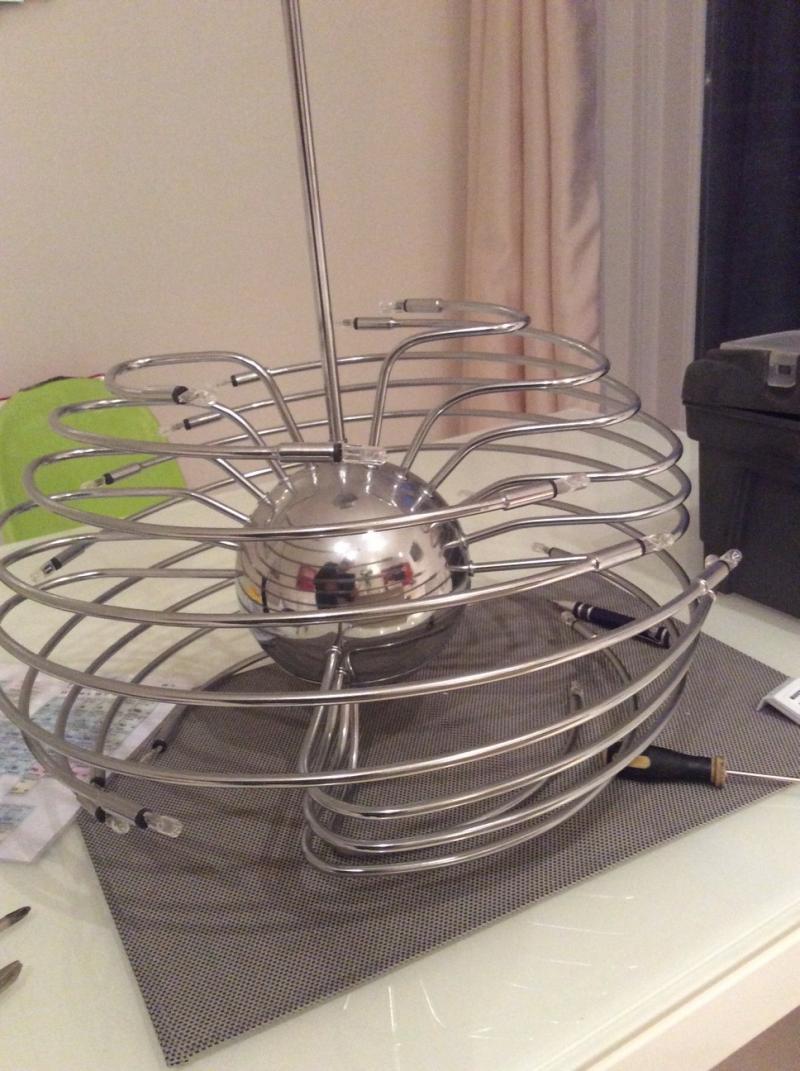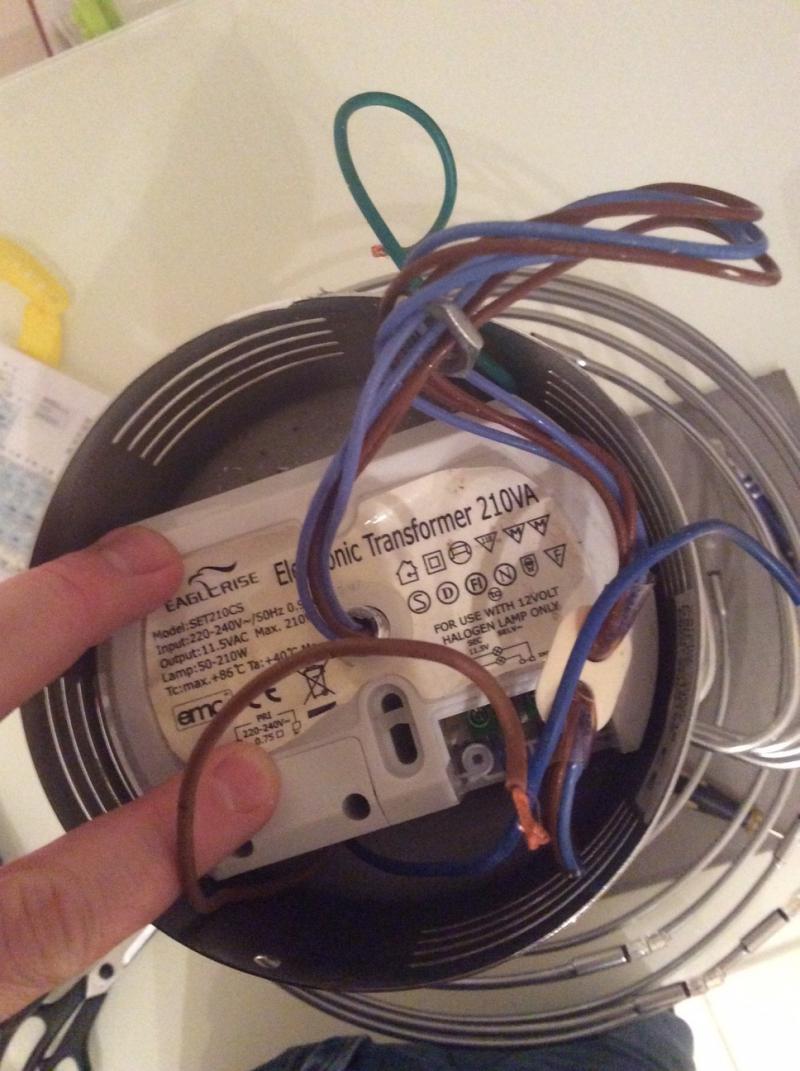Hi.
I have a fancy looking halogen light in my kitchen. It was in the house when I moved in so minimum 5 years old. Tends to get a couple of hours use most evenings.
Recently there have been times when it has cut out and needed some time switched off before it worked again. This has been happening more frequently recently and now the light dims before it goes off or goes off after only 10mins or so.
I took it down today and found the transformer and look like I can buy a spare on the internet. Is this the most likely culprit? The light is on the downstairs light ring and the other lights are ok and there is not a dimmer switch so the setup of the light seems straightforward.
http://www.diynot.com/network/tpv01/albums/
I have a fancy looking halogen light in my kitchen. It was in the house when I moved in so minimum 5 years old. Tends to get a couple of hours use most evenings.
Recently there have been times when it has cut out and needed some time switched off before it worked again. This has been happening more frequently recently and now the light dims before it goes off or goes off after only 10mins or so.
I took it down today and found the transformer and look like I can buy a spare on the internet. Is this the most likely culprit? The light is on the downstairs light ring and the other lights are ok and there is not a dimmer switch so the setup of the light seems straightforward.
http://www.diynot.com/network/tpv01/albums/



